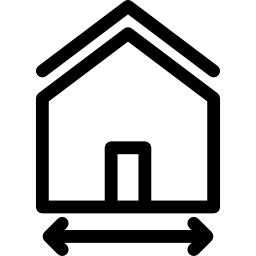Architectural Design Committee
The current architectural practice with 2D CAD tools bring about some inefficiency such as timescales, deadline pressures, duplications, lead times, lack of continuity in the supply chain, over processing, reworking, overproduction, conveyancing, distractive parallel tasks, reliability of data and plan predictability, lack of rigorous design process, lack of effective design management and communication.
There is a consensus in the literature about the need to achieve performance-based design via Integrated BIM use. Performance-based design is an area allowing the architect to create and explore different design alternatives and to select the lower energy consumption alternatives. Unfortunately, the full potential of BIM has not been achieved yet because of a lack of integration that prevents collaborative relationships amongst team members. This is due to lack of clear guidance or low level of BIM use.
Digital tools are used in the architecture, engineering and construction (AEC) industry for the last 30 years. Nonetheless, the attention of the industry has been captured strongly in recent years by the irruption of new tools and methods for improving information management over the project lifecycle. The most important of these contemporary trends is Building Information Modelling (BIM), which encapsulates a group of tools, processes and technologies able to manage information for a building, its performance, planning, and operation.
The challenges of effectively integrating BIM into architectural practice are like those that occurred when CAD was first introduced into the architectural industry. CAD or computer-aided design in many ways failed in its role of aiding design. With the introduction of BIM there is a new opportunity to align the technology not just with the requirements of design but with the demands of the wider architectural process and the professionals and administrative staff who bring their own expertise and requirements to such endeavors.
Thus, BIM4TURKEY Architectural Design Group will engage with the systematic approaches for BIM use and adoption and recommends guidance for the architectural practices.







